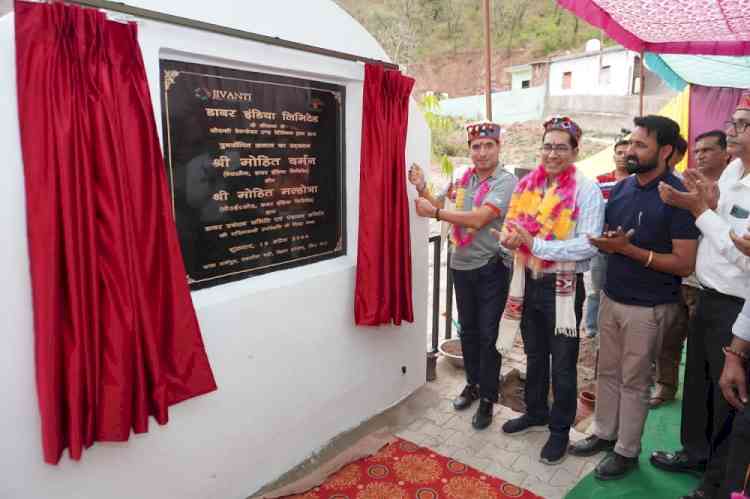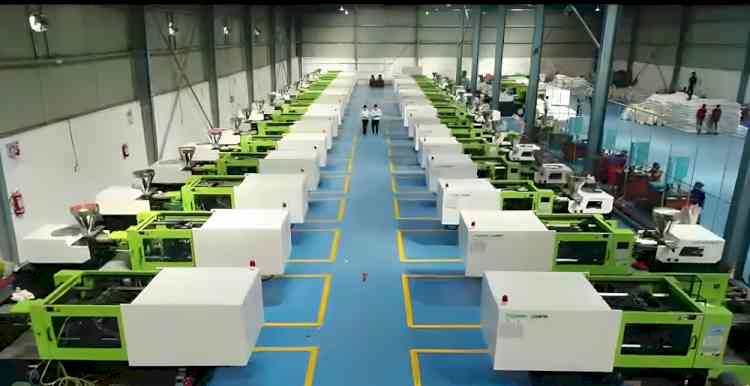Achievement: Dikshant students develop Dikshant SAT-1, a high altitude balloon satellite
Author(s): City Air NewsStudents, members of technical team & senior members of the staff of Dikshant School with Dikshant SAT-1, a high altitude balloon satellite which the students have developed. Chandigarh, March 15, 2019: Dikshant...


Students, members of technical team & senior members of the staff of Dikshant School with Dikshant SAT-1, a high altitude balloon satellite which the students have developed.
Chandigarh, March 15, 2019: Dikshant school has become the first school in India to have a team of students design and develop a High Altitude Balloon Satellite named Dikshant SAT-1. The project has been carried out at the Suresh Naik Centre for Excellence in Planetary Science located at the campus.
The satellite has been designed and developed by 12 young scientists of Dikshant studying in grade 9 and above, under the guidance of experts from Smartcircuits Innovation Pvt. Ltd. The entire process from the inception of an idea to development took around 6 months which includes research and development, prototyping, designing, and development.
“With global access to information and communication technology increasing at exponential levels, the next big thing in space commerce is the small satellites. To attract young minds and arouse interest in this niche area, we have been providing students a platform to explore the field to the fullest.” Said Mitul Dikshit, Chairman Dikshant School.
The amateur satellite designed by students is aimed at being sent to an altitude of 99,000 feet i.e. around 30km (stratosphere) to obtain different environmental parameters like pressure, humidity, temperature, altitude, etc. and, to obtain the video of the whole flight using an on-board action camera. The payload (satellite) will be taken to the stratosphere using a helium balloon. As the balloon will gain height it will keep on expanding due to decrease in atmospheric pressure and would ultimately burst at which point the parachute attached to the payload will deploy automatically and the payload will land in or near the predicted landing zone from where it will be retrieved by the team and also the data stored will be retrieved.
Students have made the structure of Dikshant Sat-I using a 3d printer. The different sub-systems of Dikshant SAT-I include flight board, controllers, sensors, GPS/GSM Technology, power subsystem etc. The Airport Authority of India, Directorate General of Civil Aviation (DGCA), Government of India and other government agencies have already approved the launch of High Altitude Balloon Dikshant SAT-I. The satellite will formally be launched by end of March 2019.
In the advanced stage, the school aims for its students to work on cube satellite (small satellite of around 10-centimeter cube only) with a specific mission and launch target into space in collaboration with ISRO. While learning all this, students will get ample opportunities to meet and interact with experts from ISRO and NASA as many practical pieces of training, faculty visits to campus and audio-video sessions are planned for them in the future.

 cityairnews
cityairnews 

















